Google Ads Vs Facebook Ads: Which One Is Better For Your Business.
Introduction
Both Google Ads and Facebook Ads dominate the digital advertising landscape. However, the effectiveness of each platform depends heavily on the business type, its goals, and its target audience. The decision of which to use (or how to balance both) can drive significant improvements in ROI if done right. Here’s an exploration of both platforms, their strengths, weaknesses, and which might be better for your business.
1. Platform Overview
Google Ads: Google Ads operates primarily through intent-based marketing, which means it shows ads to people actively searching for products, services, or answers. The platform spans across Google’s search engine, partner websites, YouTube, and more. Google Ads allow businesses to capture demand at the moment a potential customer is searching.
Key types of Google Ads:
- Search Ads: Appear at the top of Google search results.
- Display Ads: Banner ads across Google’s partner sites.
- Shopping Ads: Product-focused ads for e-commerce businesses.
- YouTube Ads: Video ads shown on YouTube.
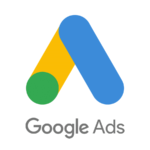
Facebook Ads: Facebook Ads focuses on interest-based marketing. The platform is best for targeting people based on demographics, behaviors, and interests through its suite of social media platforms, including Instagram. It’s ideal for businesses looking to build brand awareness, drive engagement, or tap into highly specific audience segments.
Key types of Facebook Ads:
- Photo and Video Ads: Appear in news feeds, stories, and more.
- Carousel Ads: Multiple images or videos within a single ad.
- Collection Ads: Especially useful for e-commerce to display a range of products.
- Messenger Ads: Ads shown within Facebook Messenger.
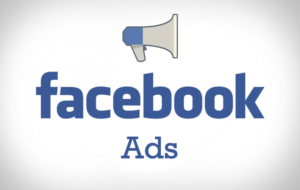
2. Audience Targeting
Google Ads Targeting: Google Ads primarily focuses on keyword targeting. Businesses bid on keywords they think their customers will search for, allowing them to show ads to people who are already interested in what they’re offering. Google Ads also includes:
- Audience targeting: Based on demographics, location, interests, and behaviors.
- Remarketing: Showing ads to people who have visited your site before.
- Device targeting: Ads can be tailored based on the device users are on.
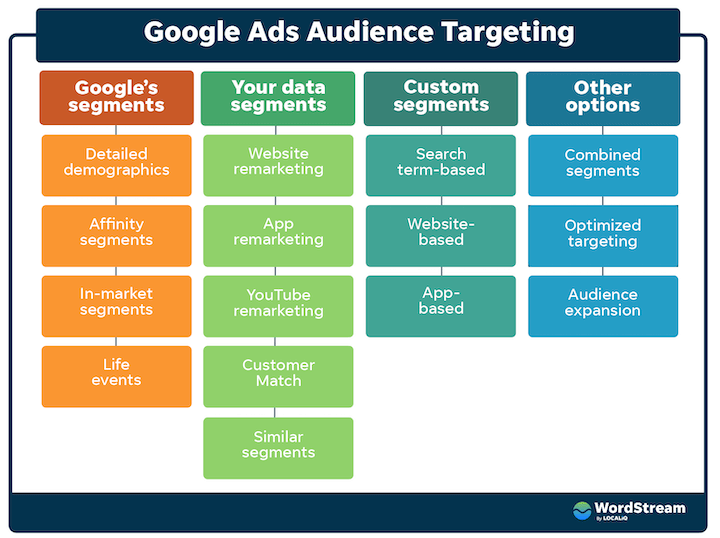
Facebook Ads Targeting: Facebook Ads excels at demographic and interest-based targeting. It lets advertisers target users based on extremely specific factors, such as:
- Age, gender, location: Precise demographic targeting.
- Interests: Based on user behavior and engagement across the platform.
- Custom Audiences: Businesses can upload email lists, target website visitors, or create lookalike audiences to find similar potential customers.
- Behavioral Targeting: Ads based on purchase history, device usage, etc.
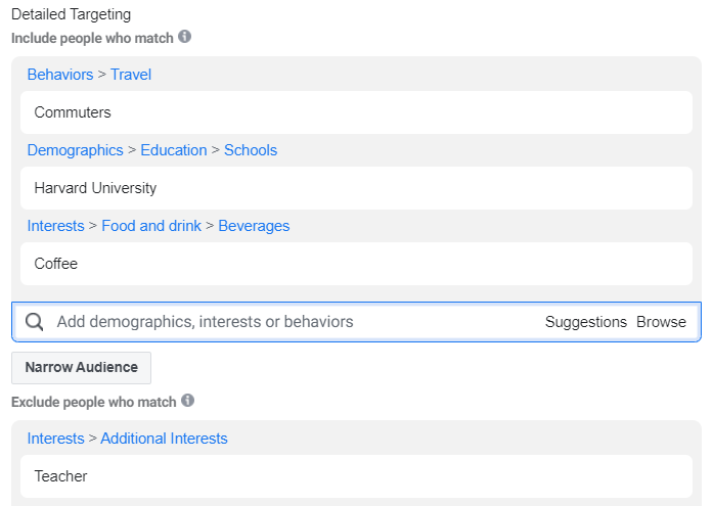
3. Cost and Bidding Structure
Google Ads Cost: Google Ads works on a Cost-Per-Click (CPC) model. Advertisers bid on keywords, and the cost is determined by competition, relevance, and quality scores. Generally, Google Ads can be more expensive in competitive niches, but the traffic it drives is usually high-intent. The average CPC varies significantly based on industry, keyword competition, and location.
Example:
- High CPC Keywords: “Insurance” or “Legal services” keywords can range from $50–$100 per click.
- Low CPC Keywords: Local services or niche markets might pay $1–$5 per click.
Facebook Ads Cost: Facebook Ads works on a Cost-Per-Impression (CPM) or Cost-Per-Click (CPC) model, but the costs tend to be lower than Google Ads. Advertisers pay based on impressions (views) or actions (clicks, conversions), and the competition is influenced by the target audience’s size, the relevance of the ad, and engagement rates.
Example:
- Average CPC: For Facebook, it’s generally lower than Google, with averages ranging from $0.50 to $2 depending on the industry.
- Cost per 1000 Impressions (CPM): Facebook’s CPM is also typically lower, making it more affordable for brand awareness campaigns.
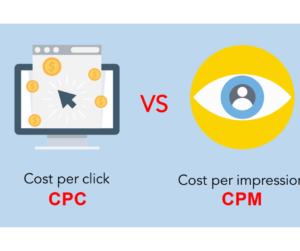
4.Ad Formats and Visual Appeal
Google Ads: Google Ads is limited when it comes to visual content, particularly with Search Ads, which are predominantly text-based. However, the platform compensates with highly targeted Display Ads and Shopping Ads that incorporate images and videos.
Facebook Ads: Facebook Ads stands out in visual advertising. With the ability to use photos, videos, carousels, and even immersive experiences like Collection and Instant Experience ads, businesses have more creative freedom. For businesses heavily reliant on aesthetics (fashion, real estate, etc.), Facebook Ads might offer better engagement.
5. Conversion Tracking and Attribution
Google Ads: Google provides powerful tools like Google Analytics and its inbuilt conversion tracking to measure results. Google’s last-click attribution model (which can be adjusted) is useful for businesses that want to track exactly how users convert after seeing an ad.
Facebook Ads: Facebook has a robust analytics system called Facebook Ads Manager, but it’s slightly more complex than Google’s. Facebook Pixel helps businesses track users across the web, but attributing conversions in a multi-platform journey (like someone seeing an ad on Facebook but buying later through Google) can be more challenging.
6.: Use Cases and Best Scenarios
When Google Ads is Better:
- High-Intent Search: If your business benefits from people actively searching for your product/service (e.g., legal services, home repair), Google is better.
- Complex Sales Funnels: Google can be more effective in guiding people from awareness to decision, especially in long, research-heavy purchases.
When Facebook Ads is Better:
- Brand Awareness and Engagement: If your business needs to create demand or engage users (e.g., fashion brands, entertainment), Facebook shines.
- Niche Targeting: Facebook is unbeatable for targeting highly specific audience segments based on lifestyle, interests, and behaviors.
7. Summary – Which is Better for Your Business?
To determine which platform is better, it boils down to your business goals:
- Lead Generation/High-Intent Traffic: Google Ads is likely a better fit because of its intent-based search capabilities.
- Brand Building and Awareness: Facebook Ads excels in reaching and engaging a wide audience through visually compelling formats.
For some businesses, a combination of both platforms may yield the best results. For example, Google Ads can capture ready-to-buy traffic, while Facebook Ads can nurture brand awareness and customer relationships.

My self Aman From delhi I’m a Freelancer Affiliate Marketer, Certifed digital marketer, SEO Practitioner , Paid ADS Practitioner I’m you knowledge for Affiliate marketing Through our blogs

